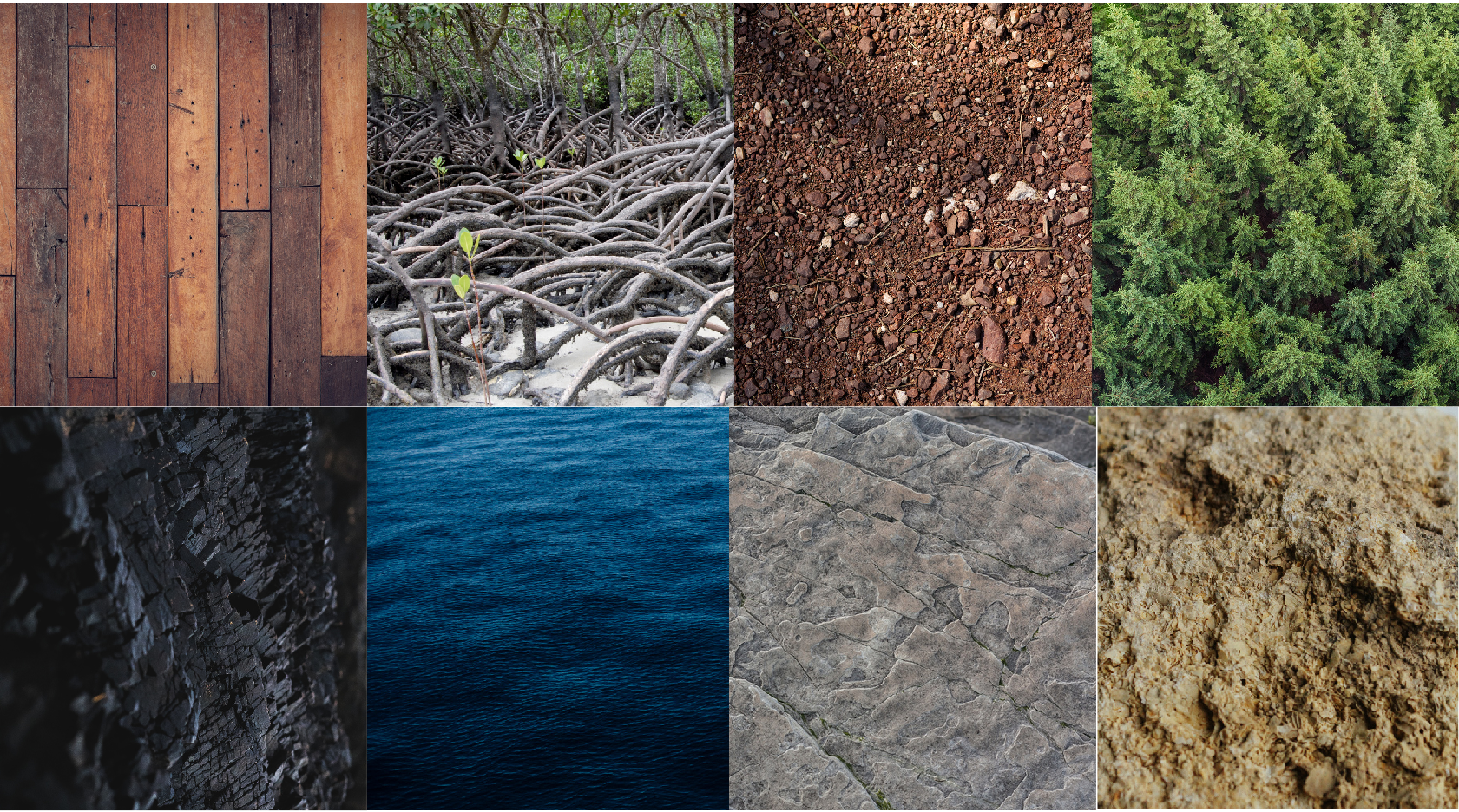A common framework for the certification of carbon sequestration.
In addition to drastic emission reductions, the world must sequester through Carbon Dioxide Removal (CDR) 10-20 gigatons of carbon by 2050 to have a chance at limiting global warming to 1.5 C.

Today, the certification space is crowded by many different standards from various organizations. On the one hand, proliferation is a positive sign of development responding to an urgent need. On the other, unstandardized standards may jeopardize the industry’s success and credibility as a tool for climate restoration if a minimum quality is not reached by all.
Objective
To develop a framework for the certification of carbon sequestration to guarantee performance; a standard of standards.
Result
The framework design process will make explicit the assumptions underlying standard development, will describe in detail the challenges facing the certification of carbon sequestration, and will propose answers to key questions regarding governance, design, usage, and definitions.
At the core this framework will:
- Be applicable to all types of carbon reservoirs (e.g., trees, rocks, ocean);
- Incorporate guidelines for the development of measurement standards that are rooted in science, based on data, flexible to technology change; and
- Internalize impermanence to protect future generations and create an equal playing field for all reservoirs.
Updates
To inform the development of the framework, a series of consultations was held over six months in early 2022 with organizations developing or using standards and certificates of carbon sequestration. The consultations addressed critical unresolved questions and roadblocks including:
- the difference between emission removal, reduction, and avoidance;
- the treatment of additionality;
- the concept of durablity/permanence; and
- which instrument is appropriate for carbon sequestration
The consultation outcomes are presented in a white paper here.
In summary, the consultations revealed fundamental differences and contrasting viewpoints on how certification should work. The community should still be given the space to explore the options that will bring the most credibility to carbon removal. The community should also make clear the assumptions behind and consequences of decisions made in the development of standards as they will have far reaching and long lasting impacts.
If you are interested in learning more about this process, contact us.
Attribution and contributions to the activity
This activity is led by Dr. Stephanie Arcusa, postdoctoral researcher at Arizona State University (ASU), and is a collaborative effort supported by Dr. Klaus Lackner from the Center for Negative Carbon Emissions (CNCE) at ASU and Dr. Starry Sprenkle-Hyppolite from the Moore Center for Science at Conservation International (CI) and funded by both organizations. Members of the Global Carbon Removal Partnership are contributing to this effort.


![]()



